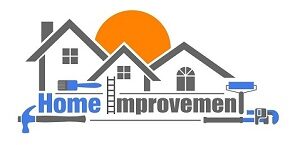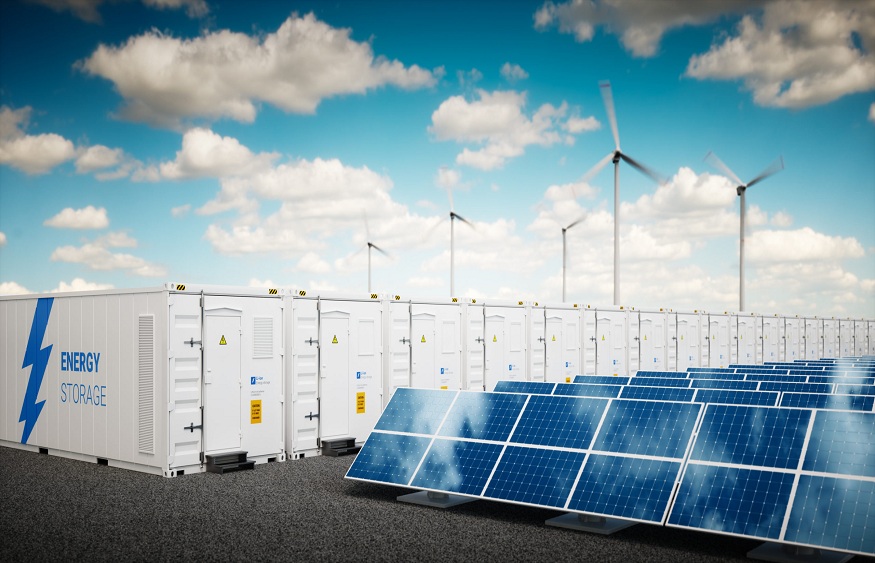When it comes to solar energy system for the home, most people who invest in one are doing so because of the electricity savings they can make. After all, when solar panels are working at full capacity, they can essentially power a home for free. Who wouldn’t want that? But according to the experts at Utah-based solar energy company Vivint Solar, you can make even more savings if you combine your solar panel system with a solar battery.
What is a Solar Battery?
Many people have solar panel systems that generate electricity for their home. When conditions are optimal, the panels will be working at full capacity and be generating electricity for use in the home. Depending on the size of the system, the homeowner may be able to meet all of their energy needs for free.
When the solar panels are generating more electricity than the home is using, the appliances and devices are being powered for free and the surplus is sent to the grid. However, on days when conditions are not perfect, the system might be generating less than the home’s consumption. This means that surplus electricity will need to be imported from the grid.
With a solar battery, things are a little bit different. On the days that the solar panels are producing surplus electricity, it is stored in the solar battery. Then, when the solar panels are generating less than the home needs, the extra can be sourced from the battery instead of from the grid.
How Many Solar Panels Do You Need?
If you don’t already have a solar panel system, it may be a good idea to investigate the benefits of a solar battery to check if this is a good fit for your home. By investing in a solar battery system from the outset, you can really maximize your savings.
The first thing to do is figure out how many solar panels are needed to power your home. The best way to do this is to work out how much electricity you use on a monthly, and then daily basis. The average American home uses around 886 kilowatt hours (kWh) per month, which equates to just under 30kWh per day. Depending on the size of your home and family, you might be using more or less than this. You can usually find out how much you use by checking your energy bills or asking your supplier to let you know.
Most solar panels are capable of producing around 250 watts per hour, so you would need four of these panels to generate one kilowatt of power per hour. If your home is using the average of 30 kWh per day, then you would need a 24-panel system (the solar panels are likely to be working at maximum for around 5 hours per day). This means that your solar panels could probably produce 6kW per hour. If they were producing that for 5 hours per day, it would provide enough to power your home.
To maximize your savings, it would make sense to get a bigger system (if your roof space permits) and combining it with a solar battery. This would mean that your solar panels could generate more electricity than you need, and the excess could be stored on the battery for use at a later time. With such a system, you are likely to make the most savings on your electricity bill.
To conclude, combining solar panels with a battery is one of the best ways to save money on your bills.

